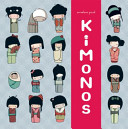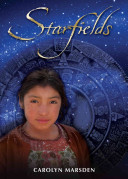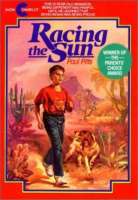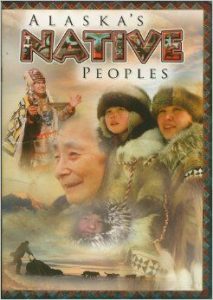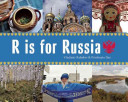
From Dacha to Winter Palace, from Easter Eggs to Kremlin, here is a photographic alphabet of everything we love best about Russia. The Russian Federation is a vast land of forests and steppes, deserts, rivers, lakes and big cities. Over centuries of splendour, revolution and change, our country has produced some of the greatest scientists, sportsmen and women, writers, dancers and composers in the world. As you turn the pages of this book, you will see many of the things which make Russia so special: its fine palaces and churches, its musical and cultural traditions, its magnificent scenery and spectacular winter landscapes – and you will also see the food, the sports, as well as ordinary Russian people going about their everyday lives.

